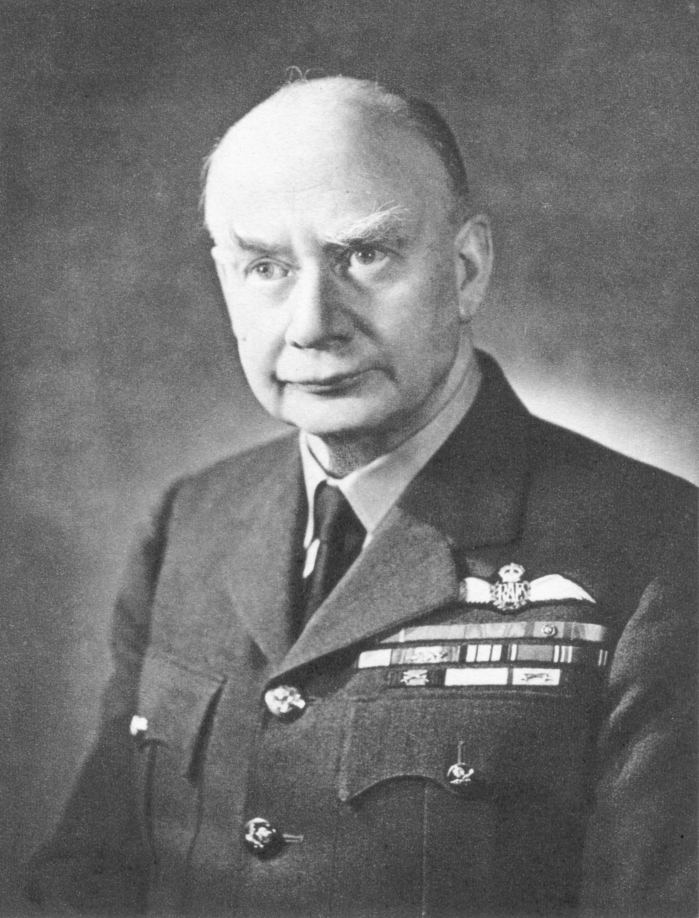Allegiance United Kingdom Rank Air chief marshal | Name Frederick Bowhill Years of service 1896–1945 | |
 | ||
Commands held Transport Command (1943–45)Ferry Command (1941–43)Coastal Command (1937–41)Air Member for Personnel (1933–37)RAF Depot Egypt (1925–26)RNAS Killingholme (1918)RNAS Felixstowe (1918)No. 8 Squadron RNAS (1916–17)HMS Empress (1914–15) Battles/wars First World WarSomaliland campaignSecond World War Battles and wars World War I, Somaliland campaign, World War II | ||
Air Chief Marshal Sir Frederick William Bowhill, (1 September 1880 – 12 March 1960) was a senior commander in the Royal Air Force before and during the Second World War.
RAF career
Bowhill started his career as a midshipman in the merchant navy in 1896. In 1912 he attended the Central Flying School and in 1914 he was given command of the seaplane carrier HMS Empress. He became Officer Commanding No. 8 Squadron of the Royal Naval Air Service in 1915 and Station Commander at RNAS Felixstowe in 1918. Later that year he commanded RNAS Killingholme.
After the war Bowhill was not to rest for long from operational service. In 1920 he was the Chief of Staff to Group Captain Robert Gordon for the highly successful Somaliland campaign. He went on to be Officer Commanding the RAF Depot in Egypt in 1925, Senior Air Staff Officer at Headquarters RAF Iraq Command in 1928 and Director of Organisation and Staff Duties at the Air Ministry in 1929. In 1931 he was appointed Air Officer Commanding the Fighting Area of the Air Defence of Great Britain and in 1933 he became Air Member for Personnel.
He served in World War II initially as Air Officer Commanding-in-Chief at RAF Coastal Command, then as Air Officer Commanding RAF Ferry Command, in which capacity using his knowledge of the sea he properly identified the likely position of the German battleship Bismarck using a Catalina flying boat allowing it to be sunk. His last appointment was as Air Officer Commanding Transport Command in 1943 before retiring in 1945.
